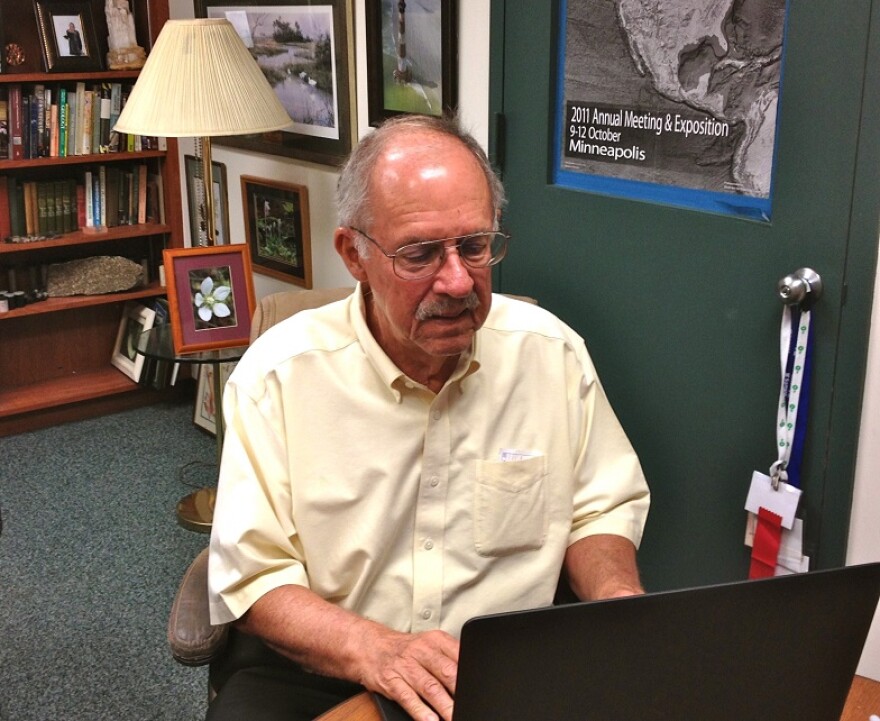Dr. Harold Wanless researches climate change as chair of the Department of Geological Sciences at the University of Miami in Coral Gables. He documents coastal erosion caused by hurricane damage – and the impact of sea-level rise.
Wanless calls South Florida the poster child for climate change.
“Only 8 percent of Miami-Dade County is greater than 10 feet above sea level. When you think about heavy rains and hurricane storm surges, that sort of focuses how vulnerable we are,” Wanless says. “Hurricane Andrew was an amazingly tight storm and it had like a 17-foot storm surge.”
Wanless points out the high end investment at risk in places like Miami Beach and Key Biscayne thanks to rising seas. “When we talk about two feet more rise by 2048 - that's the high end of the U.S. government projections - that starts flooding many of the businesses and homes.”
The UM professor says nearly all the heat from human-induced global warming has transferred to the ocean, and that’s starting to melt the ice sheets of Greenland and Antarctica. While South Florida waters have risen an estimated foot in the last century, scientists say that process is accelerating because of the warming water under the ice sheets. Slowing that acceleration will take time because of the ocean’s huge heat capacity.
“We're in this for centuries now,” Wanless says. “This is not something [where] we can suddenly behave in five years and pull some of the greenhouse gases out of the atmosphere and the atmosphere will cool down and everybody will be happy.”
South Florida sits on porous limestone. Wanless says building levees like the ones in New Orleans isn’t an option because the water will come up through the limestone as sea level rises.
“It somehow is inconceivable to people that it won't always be here,” Wanless says. “There are remnants of barrier islands from former sea levels scattered all across our continental shelf.”






